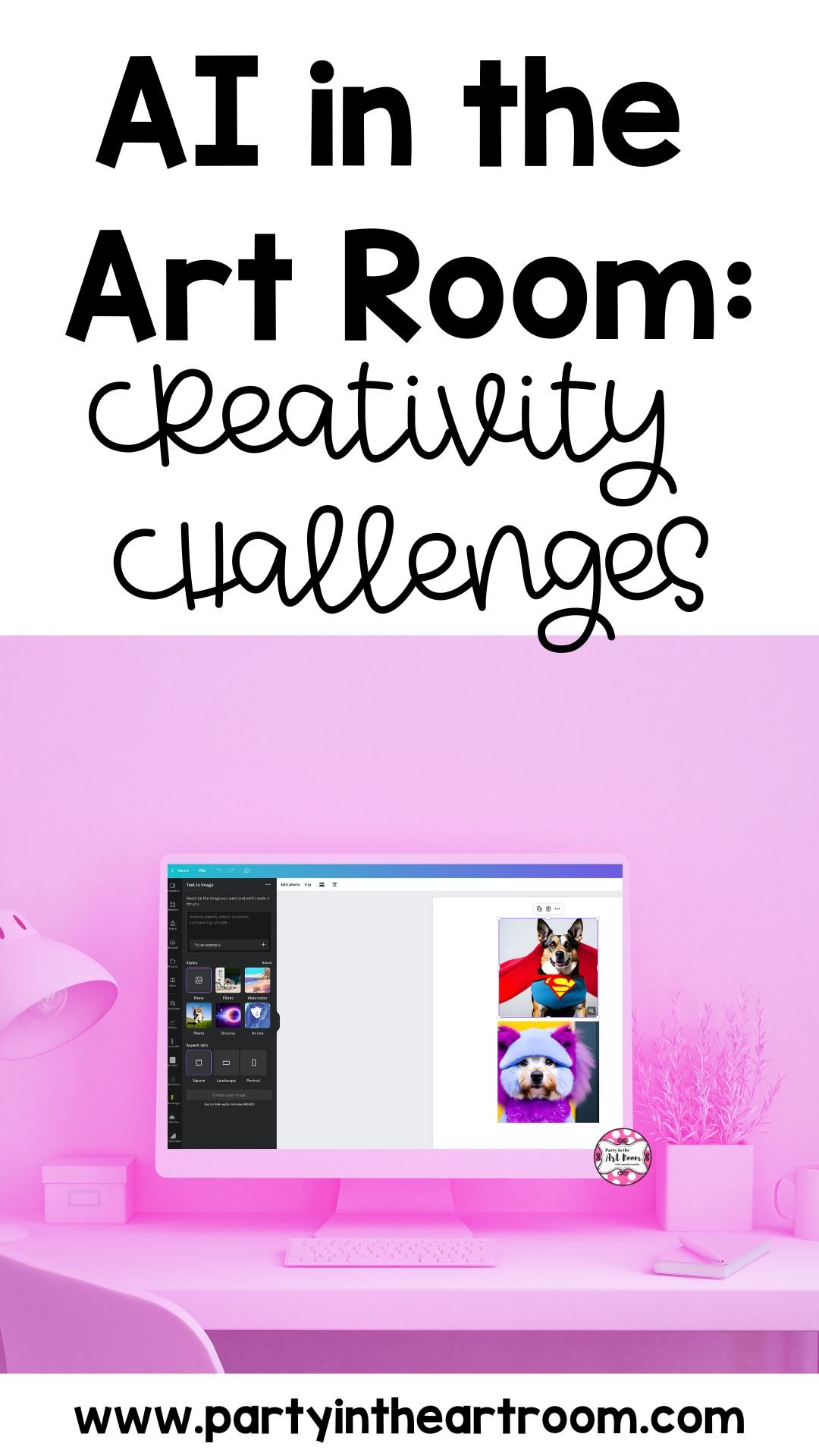Party in the Art Room Blog
Scroll for helpful tips, stories, and news.

5 Ways I’ve Used AI to Be a More Creative Teacher (and Human)
You bring the spark, the intuition, the ability to know when a kid needs to switch to markers because the paintbrush just isn’t working for them today. You’re the one who sees a doodle and says, “There’s something there.” AI can’t do that.

AI in Art Education: What It Means for Real Classrooms (Not Robots!)
So, here’s my question: What if AI isn’t the enemy of creativity—but the support staff?
Let’s be honest: the phrase "AI in education" can feel sterile, even threatening. There’s a lot of talk about automation and data and efficiency. But where’s the conversation about soul? Where’s the nuance? That’s what I want to explore.
Because here's the truth: creativity isn’t just a thing we teach. It's the way we teach. It's the lens through which we problem-solve, adapt, and connect. And that lens can shape how we approach new tools—AI included.

3 Compelling Reasons to Incorporate AI in the Art Room
Art education has always been about nurturing creativity and pushing the boundaries of imagination. In today's digital age, technology is offering new avenues for artistic expression, and one of the most exciting frontiers is the integration of Artificial Intelligence (AI) into the art room. While some may be hesitant about blending the traditional world of art with cutting-edge technology, there are several compelling reasons why educators and students alike should embrace AI in the art classroom.
